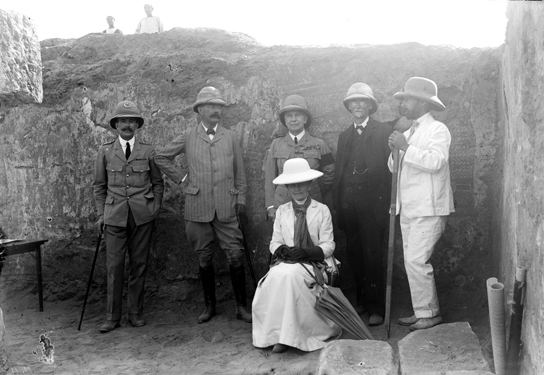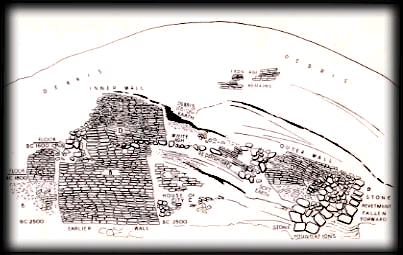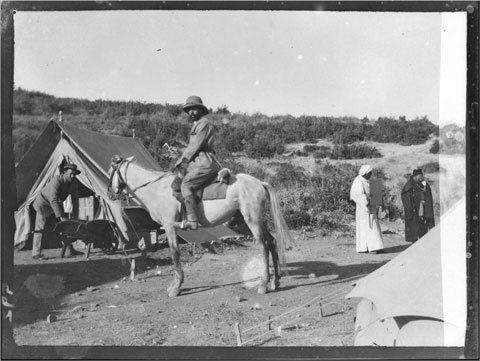Nationality British | Role Archaeologist Name John Garstang Siblings Walter Garstang | |
 | ||
Born 5 May 1876Blackburn, England ( 1876-05-05 ) Parents Walter Garstang, Matilda Mary Wardley Books El Arabah, Mahasna and Bet Khallaf, A Short History of Ancient E, Graeco‑Roman Funerary Stelae fro, The Burial Customs | ||
John garstang sergi kurulumu exhibit installation
John Garstang (5 May 1876 – 12 September 1956) was a British archaeologist of the ancient Near East, especially Anatolia and the southern Levant. He was the younger brother of Professor Walter Garstang, FRS, a marine biologist and zoologist. Garstang is considered a pioneer in the development of scientific practices in archaeology as he kept detailed records of his excavations with extensive photographic records, which was a comparatively rare practice in early 20th century archaeology
Contents
- John garstang sergi kurulumu exhibit installation
- Anadolu da john garstang n ayak i zleri john garstang s footsteps across anatolia
- Biography
- Excavations
- Publications
- Further Research
- References

Anadolu da john garstang n ayak i zleri john garstang s footsteps across anatolia
Biography

John Garstang was born in Blackburn on 5 May 1876, the sixth child of Walter and Matilda Garstang. He was educated at Blackburn Grammar School and in 1895 he obtained a scholarship for Jesus College, Oxford to study mathematics. While at Oxford, Garstang became interested in archaeology and conducted excavations at Ribchester. Encouraged to take up archaeology, Garstang excavated other Romano-British sites during his vacations from Oxford.
After gaining a 3rd from Oxford in 1899, Garstang joined the team of Flinders Petrie at Abydos. He excavated various sites in the vicinity, including the discovery of the great tombs at Beit Khallaf in 1901. In 1902 he carried out his first independent excavation in Egypt at Reqaqnah. The excavation was funded by an excavation committee, a group of wealthy donors who in turn would receive a selection of objects from Garstang's excavations in exchange for their patronage. Like Petrie before him, Garstang would continue to use Excavation Committees to fund his excavations for most of his career.

In 1902, Garstang was also appointed the honorary reader in Egyptian archaeology at the University of Liverpool. In 1904, Garstang founded the Institute of Archaeology, which was affiliated with the University. From 1907-1941, Garstang was the first professorship in the methods and practice of archaeology at the University. On behalf of the Institute, Garstang excavated sites in Egypt, Sudan and the Near East up to the out break of World War I.

He served as the Director of the Department of Antiquities in the British Mandate of Palestine between 1920-1926, and excavated at Ashkelon, 1920-1921. He was also the Head of the British School of Archaeology in Jerusalem, 1919-1926. He also carried out a major excavation of Jericho from 1930-1936, funded by Sir Charles Marston.
He taught at the Egyptology section of the Faculty of Arts when this was established in the 1920s. One of his students was Pahor Labib, late Director of the Coptic Museum, Cairo.
From 1936 to the outbreak of World War II, Garstang excavated Yümük Tepe near Mersin. Garstang returned to Turkey after the War, and finished the excavation in 1948. In 1948, Garstang founded the British Institute of Archaeology at Ankara, acting as its first director (he was succeeded by Seton Lloyd).
Excavations
Garstang excavated at various sites in his career, including:
Publications
Further Research
Many of Garstang's excavations were never fully published in his lifetime and have subsequently been published by other authors after his death:
